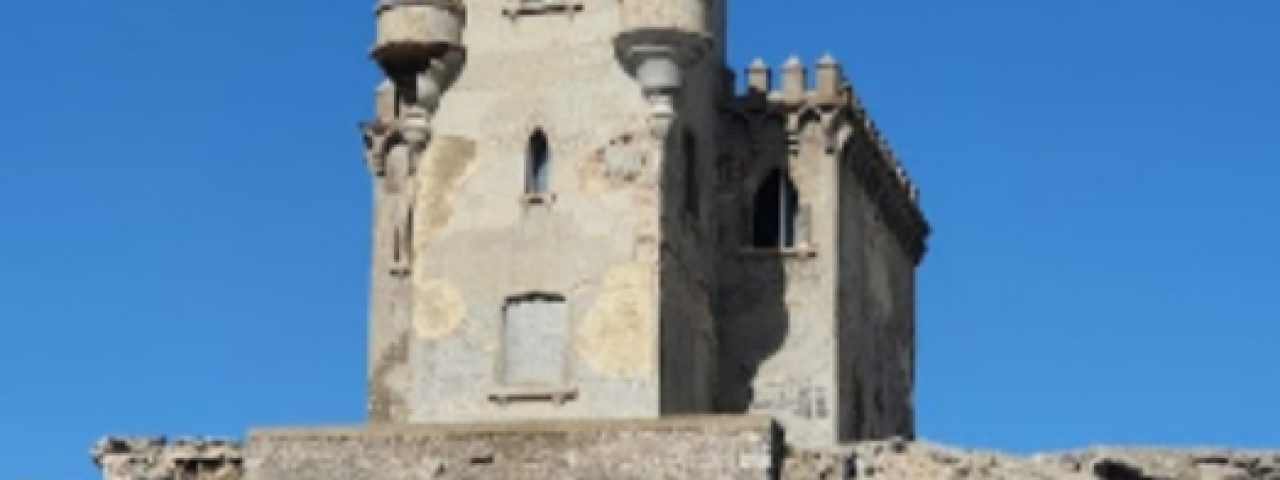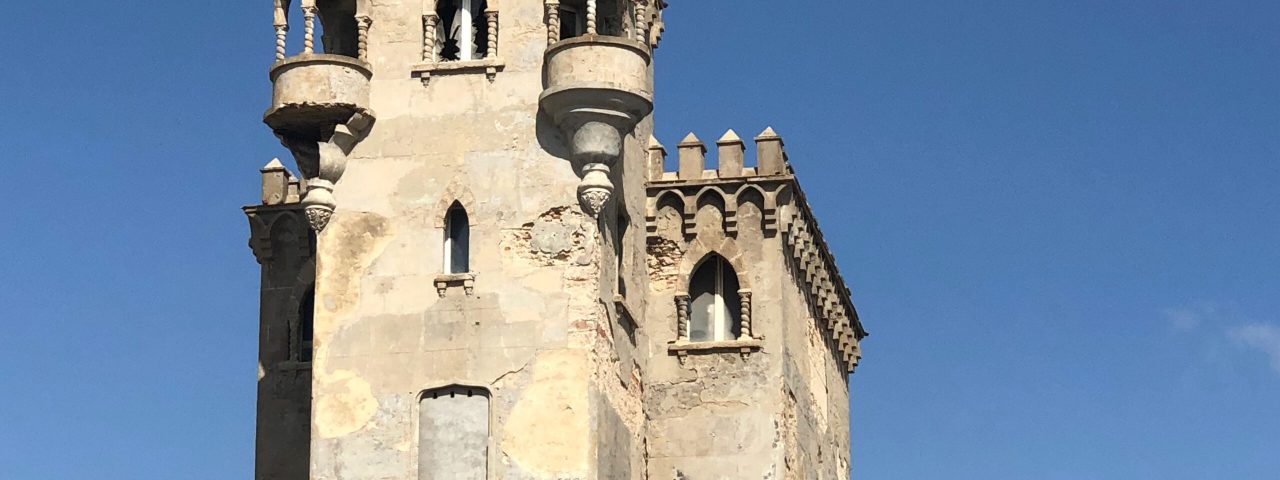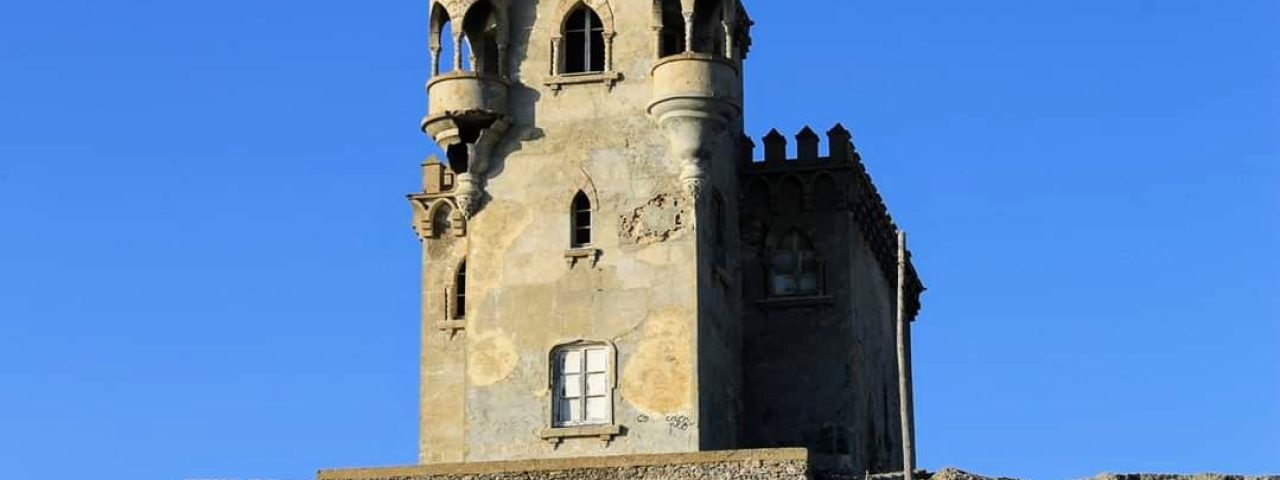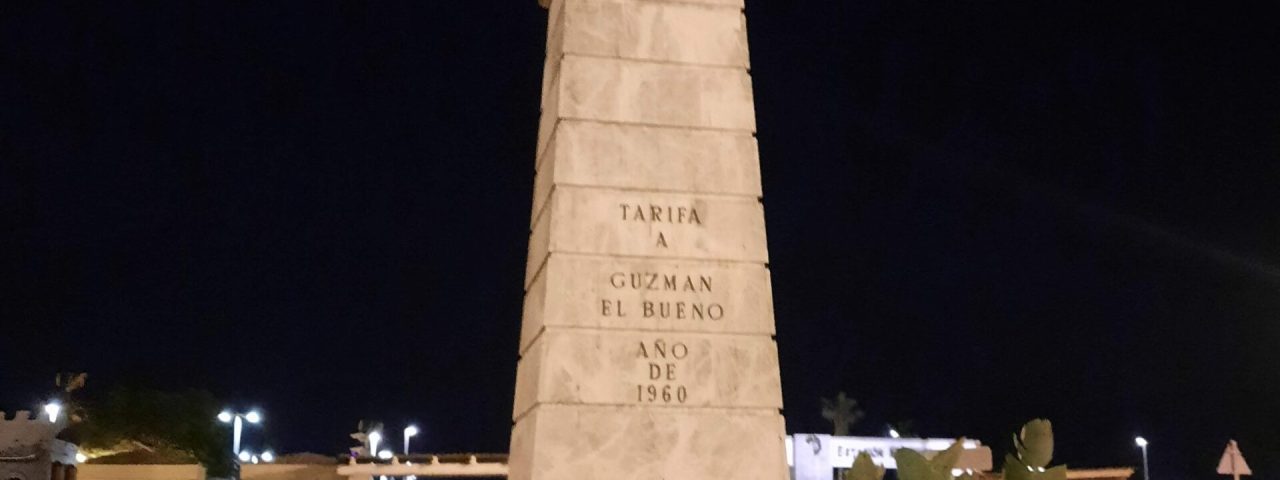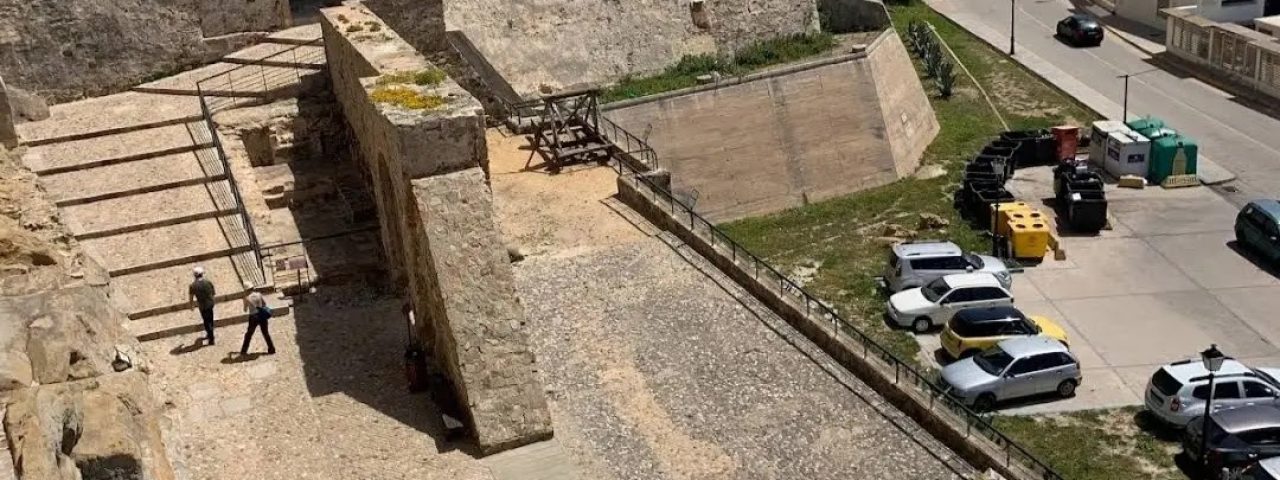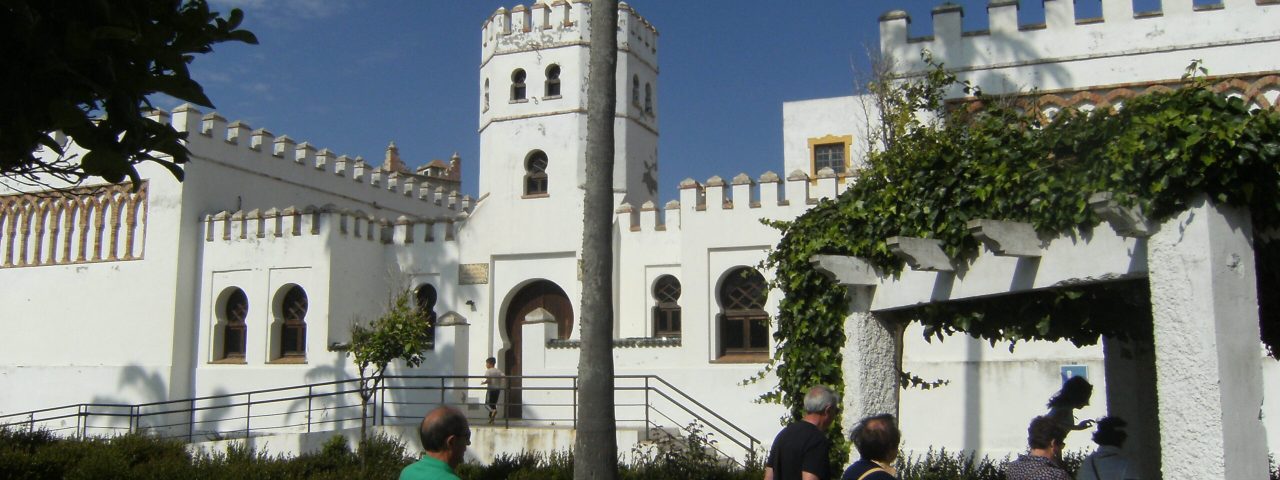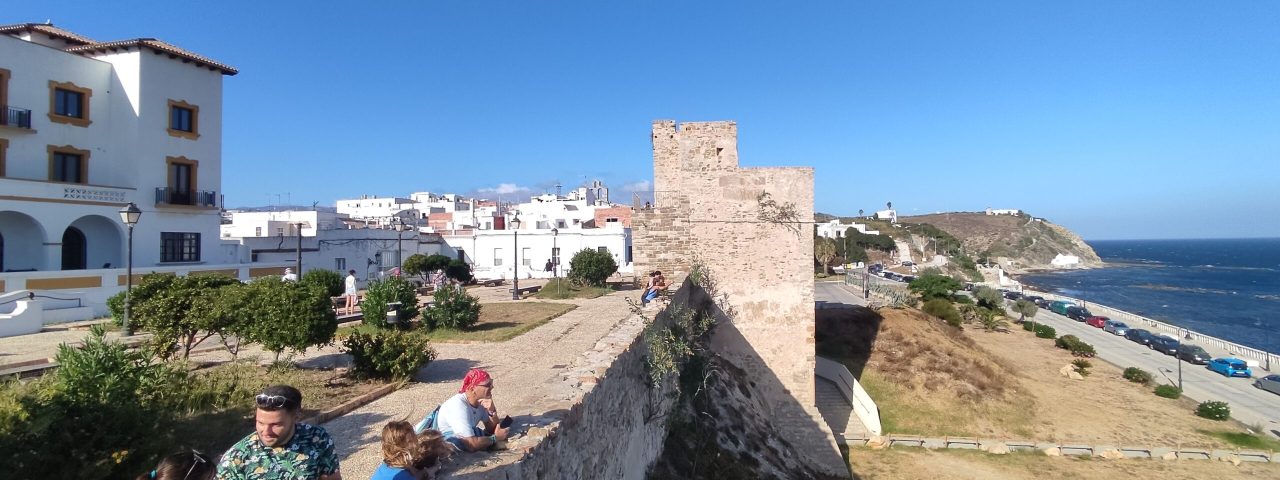Tarifa has a fascinating history shaped by various civilizations over millennia. Originally settled by the Phoenicians, it later became a Roman outpost before falling under Moorish rule in the 8th century. The Moors fortified the city, and many of the defensive walls and structures from this period still stand today. Tarifa’s most iconic historical event occurred in 1292 when Sancho IV of Castile captured the city from the Moors, marking a key moment in the Christian Reconquista.
Culturally, Tarifa reflects its diverse historical influences, blending Roman, Moorish, and Christian elements. The city is also renowned for its festivals, most notably the “Feria de Tarifa,” a vibrant annual event that celebrates local traditions, music, and cuisine. The Carnival of Tarifa, held before Lent, is another major cultural event filled with colorful parades and costumes that attract visitors from across Andalusia.
Local customs are deeply embedded in Tarifa’s identity. The art of flamenco is a vital part of the city’s cultural expression, and it’s common to find live performances in local bars. The city is also known for its Moorish-style architecture and historic landmarks like Castillo de Guzmán, a medieval fortress that overlooks the sea.
